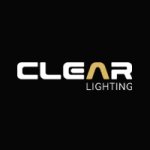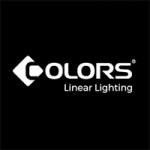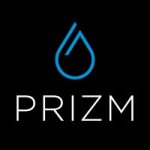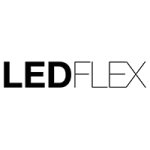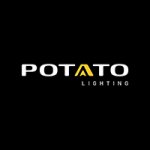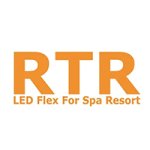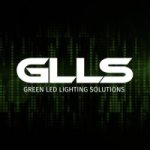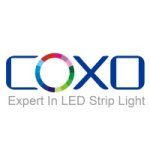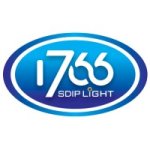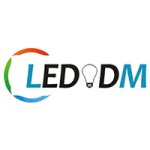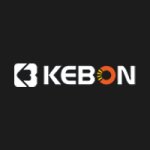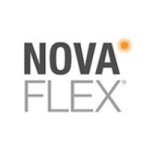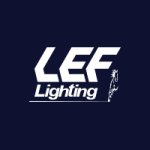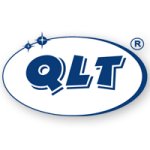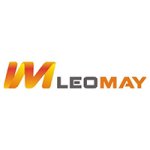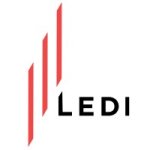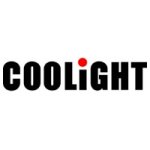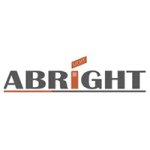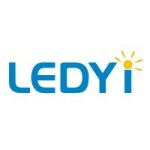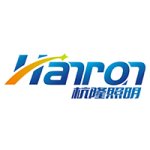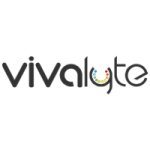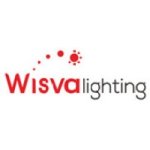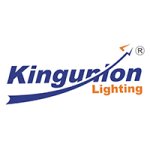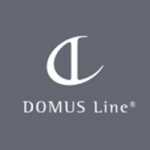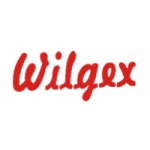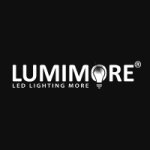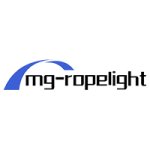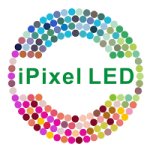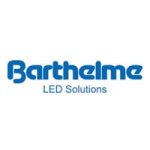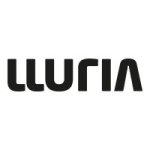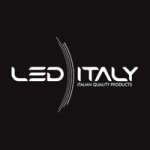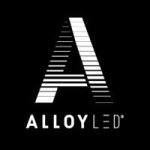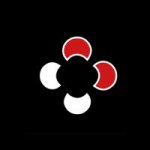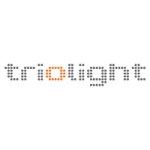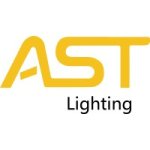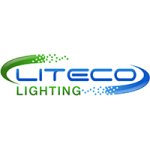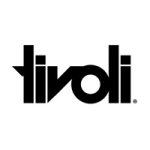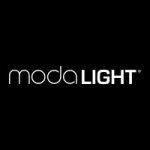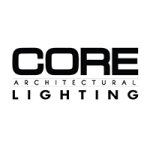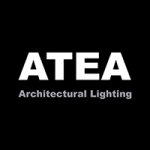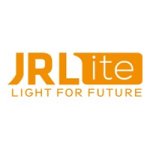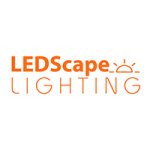Table of Contents Hide
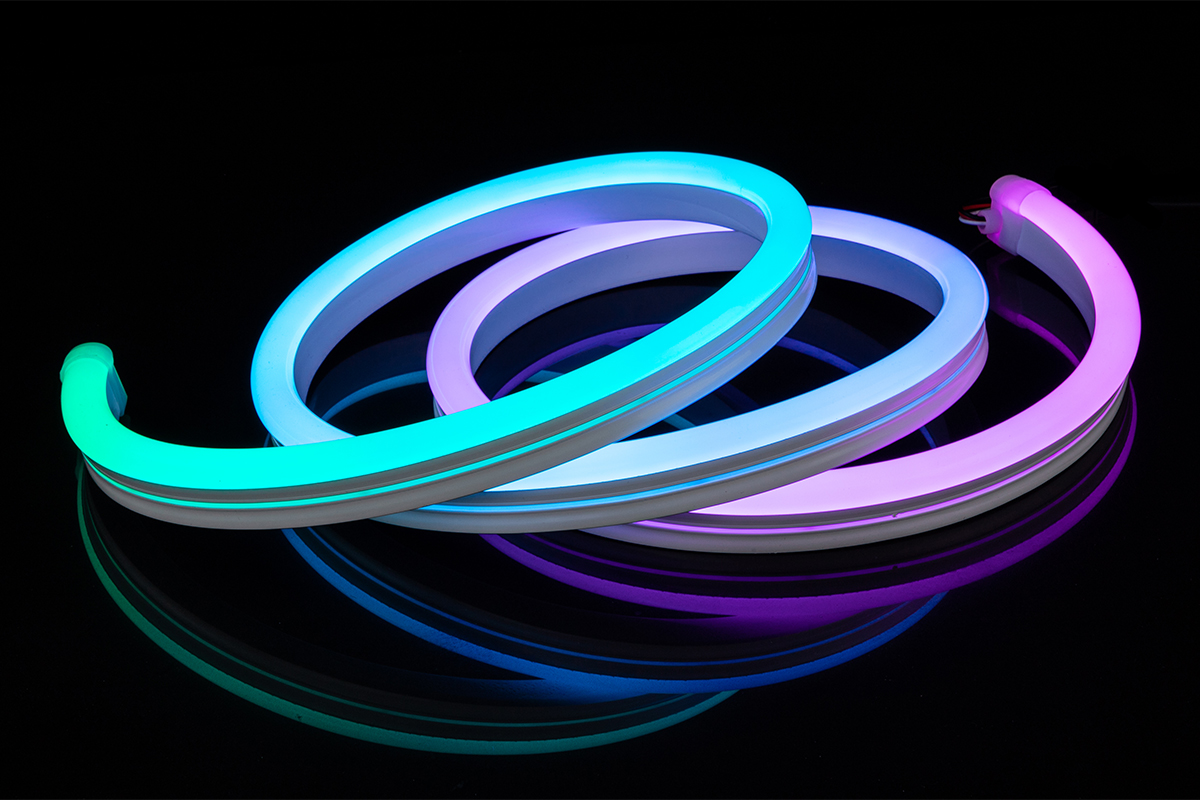
What is LED neon flex
Flexible LED neon strips, also known as LED neon flex or LED neon rope lights, are a versatile lighting solution designed to replicate the visual effect of traditional neon lights while offering the advantages of LED technology. These lights are often diffused or coated to create smooth, soft uniform illumination along their lengths, without dark spots or variations in brightness. This diffused light is well-suited for applications where a continuous and seamless effect is desired. While LED neon rope lights are often chosen for their aesthetic appeal that mimic the retro look of neon signs, they are often chosen for their functional lighting capabilities.The advantages of a versatile and sustainable lighting solution
The combination of energy efficiency, durability, flexibility, and aesthetic appeal has contributed to the widespread adoption and popularity of LED neon flex lights across various lighting applications, from residential accents to commercial and architectural installations.- The use of LED technology offers LED neon flex advantages such as energy efficiency, longer lifespan, and a lower environmental impact compared to traditional neon.
- LED neon flex strips are more robust and durable than traditional glass neon tubes. They are resistant to shocks, vibrations, and temperature fluctuations, making them suitable for both indoor and outdoor applications. The ability to bend and conform to different shapes and surfaces allows for creative and versatile lighting installations, including curves, corners, and intricate designs.
- Neon strip lights provide a diffused and even glow along the entire run. Traditional neon lights may have hotspots or uneven illumination, especially in longer installations. SMD LED strips emit light from discrete diodes, resulting in a more segmented or dotted appearance.
- LED neon flex can be easily controlled and customized using various controllers, including dimmers, controllers, and DMX systems. This feature allows for creation of dynamic lighting effects, color changes and patterns, enhancing the aesthetic appeal of various applications. Traditional neon lights may have limitations in color options, often requiring the use of different gases or phosphor coatings for different colors.
- LED neon flex is considered safer than traditional neon, as it operates at lower voltages and does not contain hazardous materials. Additionally, LED neon flex is typically cool to the touch, reducing the risk of burns during installation or operation. This makes it a preferred choice for applications where safety is a priority.
- Neon strip lights are generally easier to install due to the flexibility of the tubing and the availability of adhesive backing on strips. This ease of installation can result in cost savings on labor. Traditional neon lights may require specialized installation expertise due to their fragility and specific handling requirements.
Construction
The construction of LED neon flex strips involves a careful balance of materials and technologies to create a reliable and visually striking lighting product. Flexible LED neon strips are constructed using flexible materials that allow for bending and shaping into various designs. An outer casing provides protection for the internal components, flexibility for bending, and diffuses the light emitted by the LEDs. LEDs are mounted onto a flexible PCB (printed circuit board). In addition to the LEDs, the PCB incorporates various electronic components to regulate power and control the LEDs. Some common electronic components found on the PCBs of LED neon flex lights are resistors, capacitors, transistors, diodes, voltage regulators, thermistors, fuses, inductors, integrated circuits (ICs), and DSP chips. The outer casing protects the PCB and electronic components from environmental factors (like moisture and dust) and enhances the diffusion of light to create a uniform glow. The linear LED assembly is encapsulated within the flexible outer casing, which can be made of silicone, polyvinyl chloride (PVC), or polyurethane (PU).LED assembly
The design and construction of the PCBs influence the performance, reliability, and flexibility of the LED neon flex lights. Flexible PCB materials, such as polyimide, allow the circuit to bend without compromising the electrical connections. This flexibility is crucial for achieving the curved and contoured shapes associated with neon flex lights. In advanced LED neon flex lights with digital control, the PCB may support protocols for individually addressable LED lighting. This enables intricate color patterns and dynamic lighting effects.LED neon flex lights are often designed with designated cutting points along the PCB. This feature allows neon flex lights to be cut custom lengths without damaging the internal circuit. The PCB design takes into account thermal management to ensure that the LEDs do not overheat. Heat sinks or other cooling mechanisms may be integrated into the PCB to dissipate heat and maintain optimal operating conditions for the LEDs. The PCB layout dictates the arrangement and placement of individual LED chips along the flexible circuit. The spacing and configuration of LEDs contribute to the overall brightness and uniformity of light emitted by the neon flex lights.
Encapsulation
Encapsulation is a crucial step in the manufacturing process of LED neon flex lights. The choice of encapsulation materials and the process can have an effect on the flexibility, transparency, durability, and overall performance of the LED strip. Silicone is preferred for its flexibility, UV resistance, and protection against environmental elements. The encapsulation process may involve injection molding or extrusion to form the desired shape. The extrusion process creates a continuous, seamless outer casing for the neon flex. Injection molding can offer precise control over the shape and thickness of the casing. Some LED neon flex products undergo resin filling, where a clear or colored resin is poured or injected into the flexible outer casing. For products used in outdoor or wet environments, waterproofing is a critical consideration. Waterproof encapsulation involves creating a barrier that prevents moisture from reaching the internal components. For outdoor applications where prolonged exposure to sunlight is expected, UV-resistant coatings may be applied to the outer layer. The choice of encapsulation method depends on factors such as the desired flexibility, environmental conditions, and the specific application of the LED neon flex lights.Light distribution
LED neon flex comes in various types of light distributions, each designed to cater to specific applications, the intended visual impact, and the overall design goals for the lighting installation. 360-degree LED neon strips are designed to be visible from any angle by providing a full circle of illumination around the strip. Side view neon flex lights emit light from the sides of the strip rather than from the top. These lights are intended applications where the neon flex is mounted horizontally, and the light is intended to be cast outward. In contrast to side view neon flex, top view neon flex LED strips emit light primarily from the top surface. This distribution is designed for applications where the neon flex is mounted vertically or where the emphasis is on the top surface. Dual-sided neon flex lights emit light from both sides of the strip. Directional neon flex lights focus the light in a specific direction, providing more control over where the illumination is directed.Color configuration
The color configuration of LED neon strips is determined by the arrangement and characteristics of the LEDs used in the strip. LED neon strips are available in a single color, such as red, green, blue, white, or warm white. Monochromatic strips provide a uniform and consistent color throughout the entire length. UV LED neon strips emit ultraviolet light and are often used for special effects, such as creating a glow-in-the-dark effect or enhancing UV-reactive materials. Tunable white LED neon strips enable users to adjust the color temperature of the light output, ranging from warm white to cool white.RGB LED neon strips contain individual LEDs in red, green, and blue. RGB LED neon strips consist of individual LEDs that emit red, green, and blue light. By varying the intensity of each color, a full spectrum of colors can be achieved. The mixing of these three primary colors allows for the creation of millions of different hues. Similar to RGB, RGBW LED neon strips include red, green, and blue LEDs, but with the addition of a separate white LED. This configuration enhances the ability to produce a pure white color in addition to a wide range of RGB colors.
In some advanced RGB LED neon strips, each LED can be individually addressed. This level of control enables dynamic color-changing effects and programmable patterns. Dreamcolor or chasing LED neon strips are a type of addressable LED lights producing dynamic lighting effects where colors appear to move or "chase" along the length of the strip. Digital addressable LED neon strips are also known as RGBIC (RGB with Independent Control) LED neon strips. These LED strips are often controlled using a digital communication protocol such as DMX or SPI (Serial Peripheral Interface).


